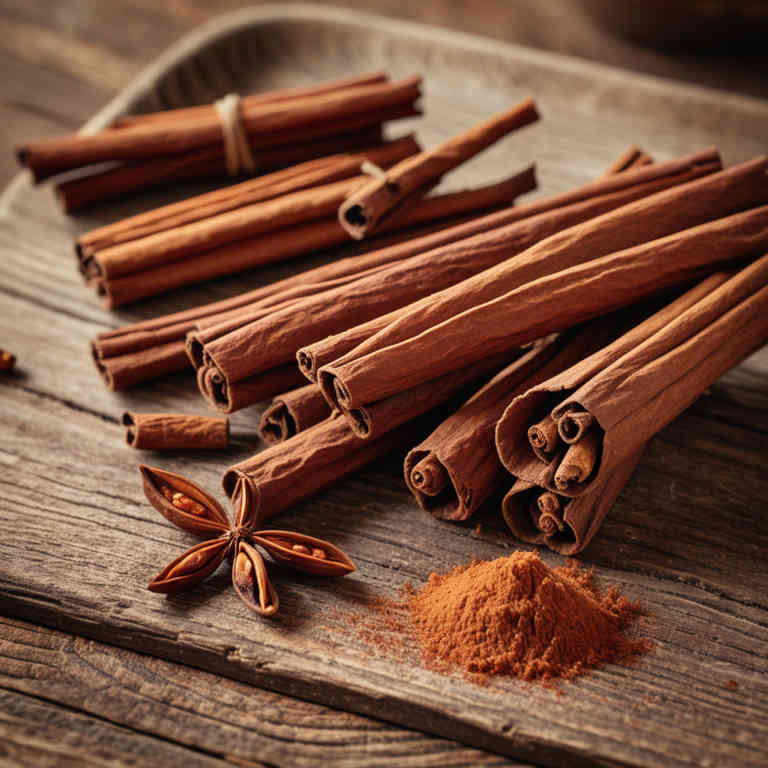Cinnamomum verum mucillage for medicinal use

Cinnamomum verum mucillage is a viscous, gel-like substance extracted from the inner bark of the cinnamon tree, *Cinnamomum verum*.
It is rich in mucilage, a type of soluble fiber that has soothing and demulcent properties. In herbalism, it is used to calm irritated tissues and support digestive health. The mucilage can be prepared by simmering the bark in water, allowing the gel to form.
It is often employed in formulations for respiratory and gastrointestinal conditions due to its mild anti-inflammatory and protective effects.
Uses
Cinnamomum verum mucillage has been used to treat digestive ailments, respiratory conditions, and as a general tonic in traditional medicine systems such as Ayurveda and Chinese medicine.
Historically, it was valued for its soothing properties and was used to alleviate symptoms of coughs, sore throats, and gastrointestinal discomfort. In modern applications, it is often incorporated into herbal remedies for its mucilage content, which can help coat and protect the lining of the throat and stomach. It is also used in some contemporary wellness practices for its potential anti-inflammatory and antimicrobial benefits.
Due to its traditional significance and ongoing research into its therapeutic properties, it remains a subject of interest in both alternative and complementary medicine.
Benefits
Cinnamomum verum mucillage has health benefits such as anti-inflammatory, antioxidant, and digestive support properties.
It is known to aid in reducing inflammation in the body, which can help alleviate conditions like arthritis and digestive disorders. The mucilage content provides a soothing effect on the gastrointestinal tract, promoting easier digestion and reducing irritation. Additionally, its antioxidant properties help neutralize free radicals, supporting overall cellular health and immune function.
This herbal preparation is also believed to have mild hypoglycemic effects, potentially assisting in managing blood sugar levels.
Constituents
Cinnamomum verum mucillage active constituents include cinnamic acid, cinnamaldehyde, and various polyphenols.
These compounds contribute to the preparation's anti-inflammatory, antimicrobial, and antioxidant properties. Cinnamaldehyde is particularly noted for its ability to support metabolic health and improve insulin sensitivity. The mucilage component also provides soothing effects on the digestive tract.
Together, these constituents make Cinnamomum verum mucillage beneficial for overall wellness and digestive support.
Preparation
To make Cinnamomum verum mucillage, start by taking 10 grams of cinnamon bark and grind it into a fine powder.
Place the powder in a saucepan and add 500 ml of water, then bring the mixture to a gentle simmer over low heat. Allow it to simmer for about 20 minutes, stirring occasionally to prevent burning. Strain the liquid through a fine mesh strainer or cheesecloth to separate the mucilage from the solid residue.
The resulting mucilage can be used topically or in herbal formulations for its soothing and emollient properties.
Side Effects
Cinnamomum verum mucillage may lead to gastrointestinal discomfort, including nausea, vomiting, and diarrhea, due to its high mucilage content.
It can also cause allergic reactions in individuals sensitive to cinnamon, manifesting as skin rashes, itching, or respiratory symptoms. Prolonged use may interfere with blood sugar regulation, potentially affecting diabetic patients. High intake might lead to liver toxicity in some cases, though more research is needed to confirm this.
It is advisable to consult a healthcare professional before using this preparation, especially for those with pre-existing medical conditions.